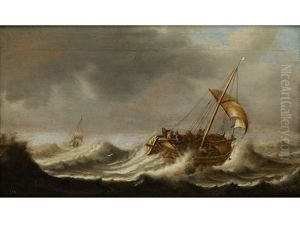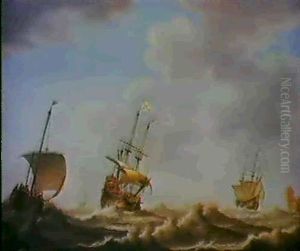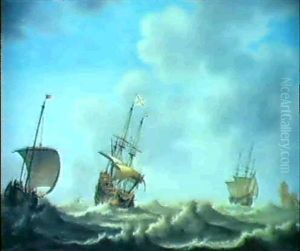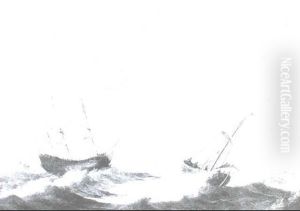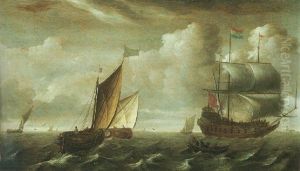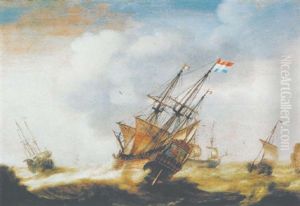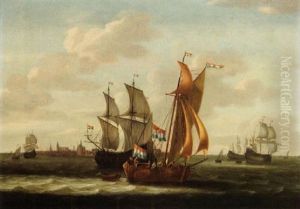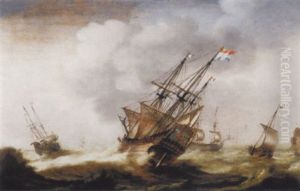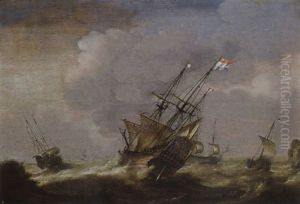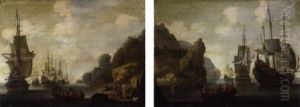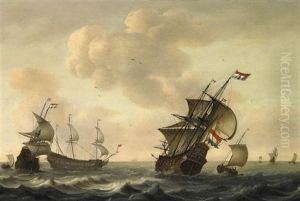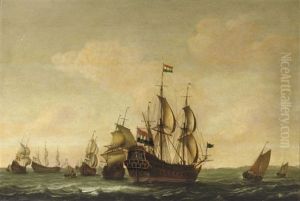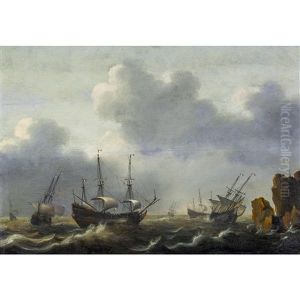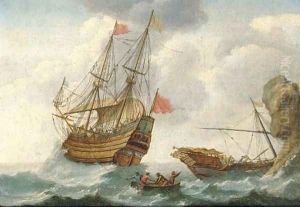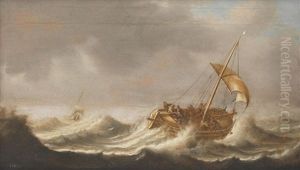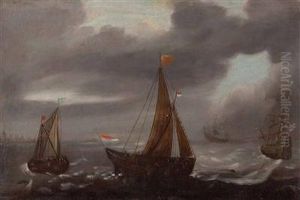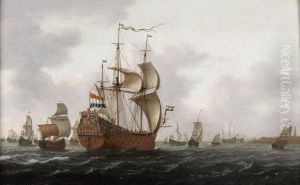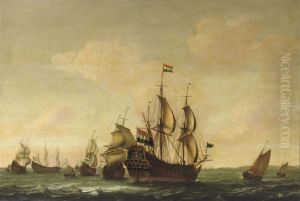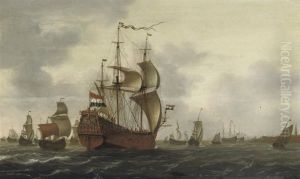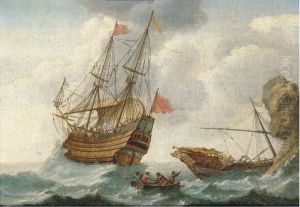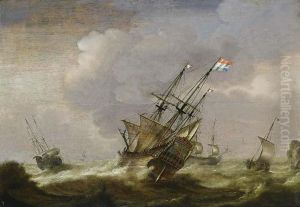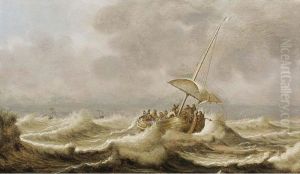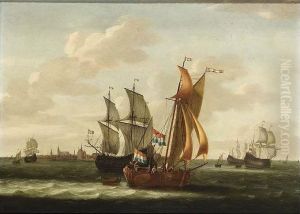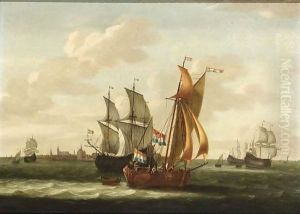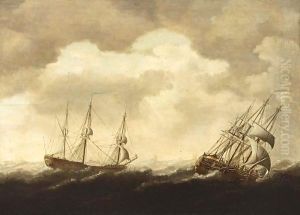Jacob Gerritz Loef Paintings
Jacob Gerritz Loef, more commonly known by his pseudonym Jacques de Claeuw or Jacob de Claeuw, was a Dutch Golden Age painter known for his exquisite still lifes. Born in 1590, in Dordrecht, Netherlands, Loef's artistic journey began in his hometown, a place that was a significant artistic center during the Dutch Golden Age. The exact details of his early life and training are somewhat obscure, but it is believed that he was initially influenced by the works of Flemish Baroque painters, which was a common trend among Dutch artists of the time.
Loef's oeuvre primarily consists of still life paintings, with a particular focus on vanitas and banquet pieces. His work is characterized by a meticulous attention to detail, vibrant color palette, and the ability to render textures with remarkable realism. These qualities made him one of the prominent still life painters of his era. Vanitas still lifes, which Loef frequently painted, are artworks that include symbolic objects designed to remind the viewer of the transience of life, the futility of pleasure, and the certainty of death. This theme was particularly popular in the Netherlands during the 17th century, reflecting the Calvinist ethos of the time.
Throughout his career, Loef was active in several Dutch cities, including Leiden and Gouda, but he spent the majority of his life in Dordrecht. Despite the popularity of his work during his lifetime, Jacob Gerritz Loef did not leave behind a significant number of documented pupils or followers, which was common for many artists of his time. This has made it somewhat difficult for art historians to trace his influence on subsequent generations of still life painters.
Loef's death in 1656 marked the end of an era in Dutch still life painting, but his works continue to be celebrated for their beauty and historical value. Today, his paintings can be found in various museums and private collections around the world, serving as a testament to his skill and the enduring appeal of the Dutch Golden Age of painting.
